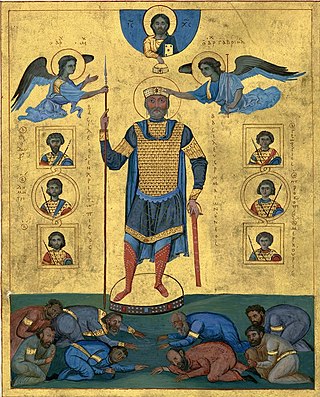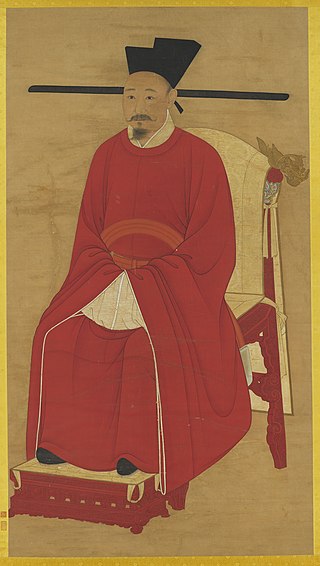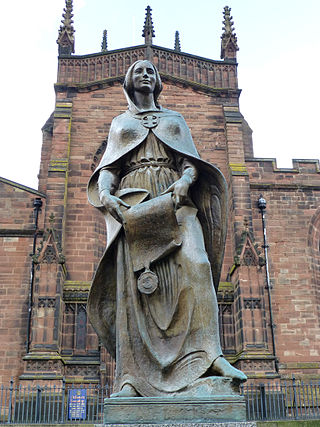The 1000s was a decade of the Julian Calendar which began on January 1, 1000, and ended on December 31, 1009.
The 1160s was a decade of the Julian Calendar which began on January 1, 1160, and ended on December 31, 1169.
The 1090s was a decade of the Julian Calendar which began on January 1, 1090, and ended on December 31, 1099.
The 1070s was a decade of the Julian Calendar which began on January 1, 1070, and ended on December 31, 1079.
The 1100s was a decade of the Julian Calendar which began on January 1, 1100, and ended on December 31, 1109.
The 940s decade ran from January 1, 940, to December 31, 949.
The 950s decade ran from January 1, 950, to December 31, 959.
The 970s decade ran from January 1, 970, to December 31, 979.
The 980s decade ran from January 1, 980, to December 31, 989.
The 990s decade ran from January 1, 990, to December 31, 999.
The 1120s was a decade of the Julian Calendar which began on January 1, 1120, and ended on December 31, 1129.
The 1080s was a decade of the Julian Calendar which began on January 1, 1080, and ended on December 31, 1089.
The 1010s was a decade of the Julian Calendar which began on January 1, 1010, and ended on December 31, 1019.
The 1030s was a decade of the Julian Calendar which began on January 1, 1030, and ended on December 31, 1039.

Year 1025 (MXXV) was a common year starting on Friday of the Julian calendar.

Year 1161 (MCLXI) was a common year starting on Sunday of the Julian calendar.

Year 1162 (MCLXII) was a common year starting on Monday of the Julian calendar.

Year 990 (CMXC) was a common year starting on Wednesday of the Julian calendar.

Year 985 (CMLXXXV) was a common year starting on Thursday of the Julian calendar.
The 1020s was a decade of the Julian Calendar which began on January 1, 1020, and ended on December 31, 1029.





